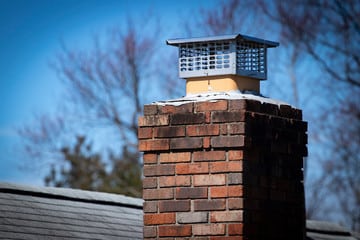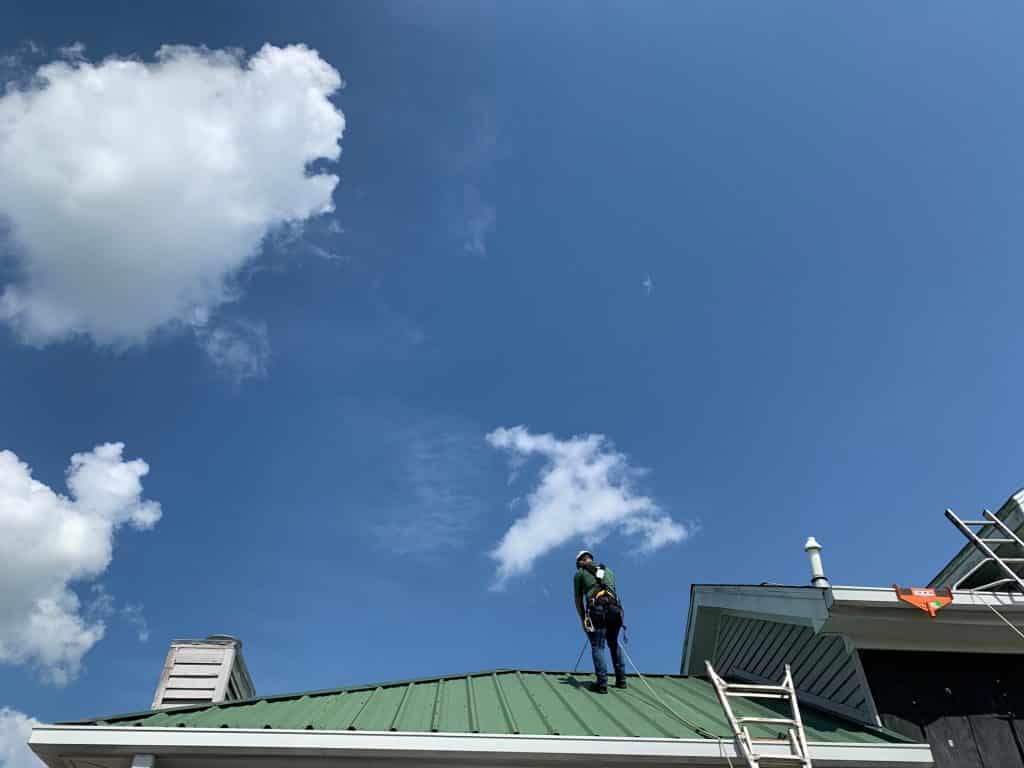4 Factors to Consider When Hiring a Chimney Professional
Your chimney is an essential part of your roof and the structure of your home. Different components of the chimney work together to keep smoke out of your home and prevent rain and wild animals from getting in. At Chimney Champions, we understand how important regular maintenance and repairs are for your chimney. While choosing a chimney professional to inspect your home may seem rather straightforward, several key factors need to be taken into consideration.





